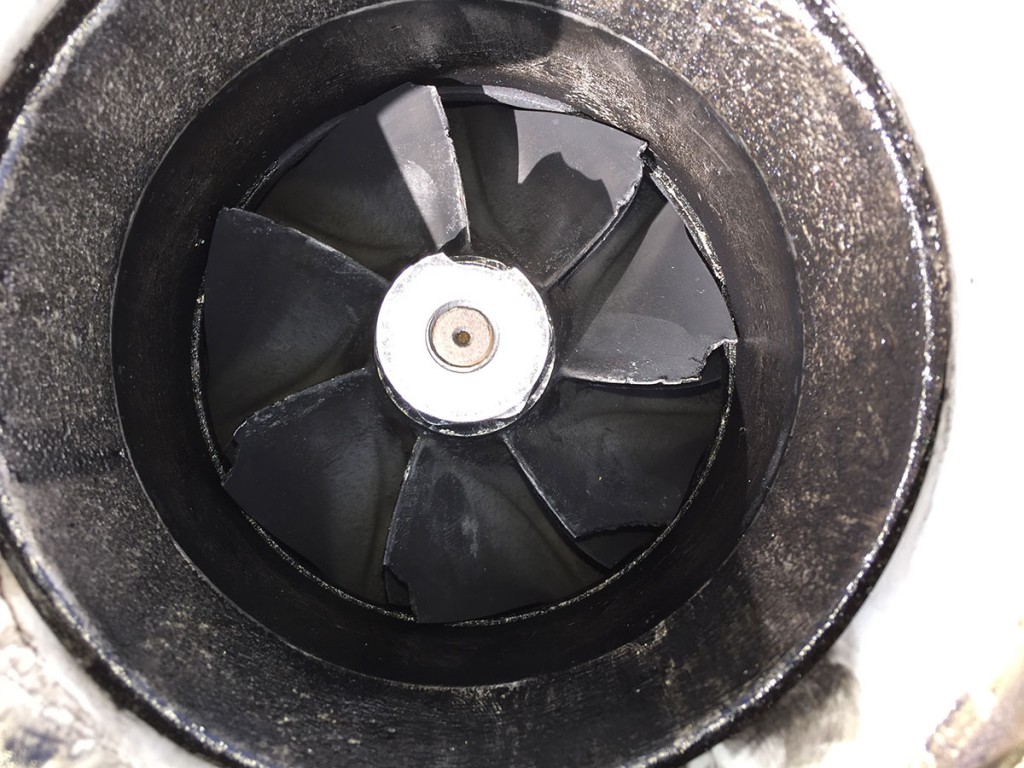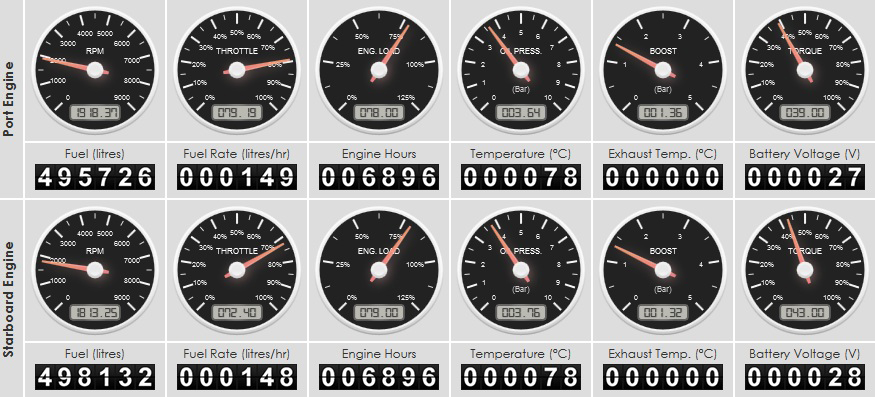Remote Vessel Monitoring Improves Performance and Cuts Costs
Smart tracking and monitoring devices can now be found in all kinds of industrial assets—heavy equipment, industrial machines, reefers, trailers, containers, and more. Gartner estimates 8.4 billion connected things are in use today, with the number expected to climb to 20 billion devices by 2020. Connected things have permeated every aspect of our lives, so it’s no surprise that connected ships — commercial vessels, leisure crafts and workboats — have joined the trend.
A remote satellite telematics and engine diagnostics system developed by The AST Group, one of our partners in the UK, allows operators to prevent catastrophic failures, improve vessel performance and fuel economy, reduce labor costs and optimize service schedules with around-the-clock monitoring of a vessel’s engine, generators and other critical components.
iRAMS (Intelligent Remote Asset Management System) automatically collects vessel data in near-real-time and sends it to a portal where users can access diagnostic and efficiency reports and configure the system to send alarms when irregularities are detected. Alerts include engine performance, fuel consumption, fuel burn rate, RPM, temperature, exhaust temperature, oil pressure, boost, throttle and driver behaviour, and more.
Here are some key benefits associated with deploying connected ships:
Maximize on-board resources
Processes that require human intervention, such as walkthroughs, inspections and data collection and entry, are automatically executed by iRAMS to reduce human error and ensure access to accurate data for efficient planning and problem-solving. iRAMS helps anticipate and resolve issues before they occur. It also minimizes manual processes, allowing fleet owners to use crews more efficiently and reduce the number of technical personnel on-board.
This is an example of iRAMS identifying a mechanical issue before it developed into an expensive breakdown. The system detected an engine boost anomaly and sent an SMS to the shore-side Operations Manager, who ordered the vessel to return to port. The turbo inducer wheel tips were shuttered and could have entered the turbo engine, causing damage that could have cost up to US$50,000.
Improve efficiencies and reduce operational costs
By monitoring engine status and hours of operation, and by notifying operators of upcoming service, connected ships can help reduce downtime caused by failure or unplanned engine maintenance. iRAMS also features powerful fuel reporting and analytics to help companies optimize fuel consumption. The system can help managers assess how connected ships are performing compared to the rest of the fleet or the manufacturer’s data.
The system also helps fleet owners identify how skipper behaviour and vessel operation affect fuel consumption. By configuring thresholds and alarms, operators can check for bad skipping habits and provide skippers with the right feedback. In a recent example, iRAMS detected that the skipper of a crew transfer vessel (CTV) was frequently traveling at maximum throttle and 100% engine load. Fuel consumption was nearly 20% higher than for a vessel travelling at 85% throttle. Running at maximum capacity also put the US$130,000 engine at risk. Armed with this information, the vessel’s operator addressed the situation with the Skipper and prevented a bigger issue.
Stay connected, anywhere
The iRAMS solution integrates ORBCOMM’s dual-mode terminals to guarantee the timely delivery of critical engine data regardless of the vessel’s location. iRAMS is configured to transmit data through the cost-effective cellular network when available, and automatically switch to a global satellite network when a cellular connection cannot be established. With reliable connectivity, even in open waters, vessel operators know that any anomalies and potential issues will be detected and reported by the system.

With over 15 years of marketing experience at companies big and small, Lina Paerez leads ORBCOMM’s global marketing team, driving key positioning strategies, product launches, demand generation and brand awareness.


















